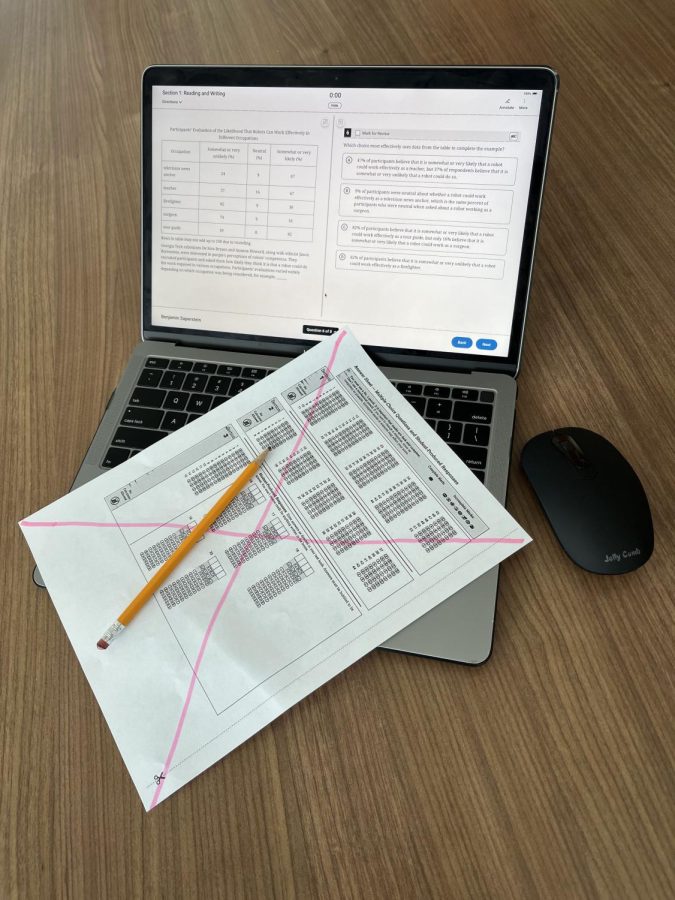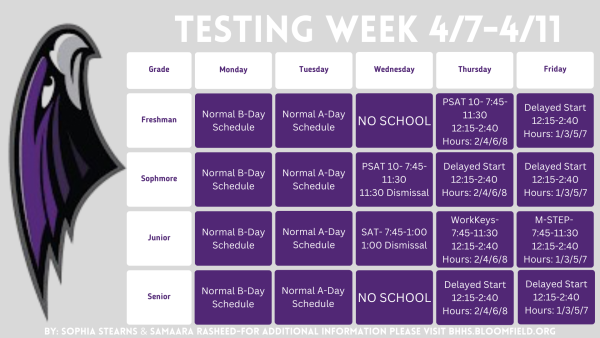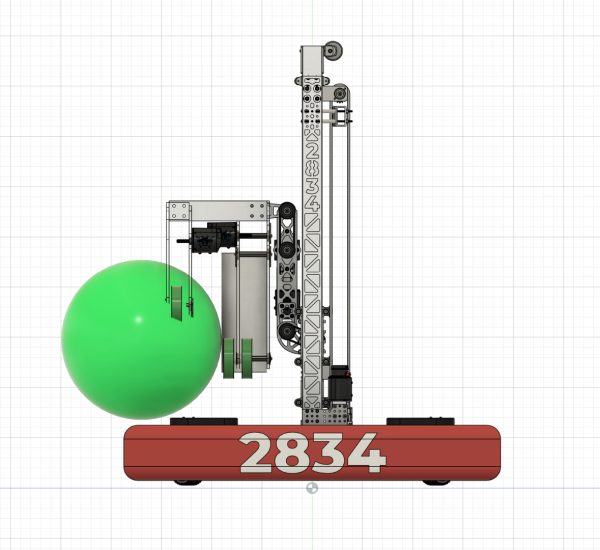College Board Announces Plan for Digital SAT by 2024
New Test-Taking Format Allows for Revolutionary Changes
Since 1926, the SAT (Scholastic Aptitude Test) has been used as an evaluative exam to directly compare students during the college admissions process. One numerical score can be the determinant of whether you get into your dream college or not. These scores hold so much weight because they are one of the few ways universities can objectively measure student performance on a universally consistent scale. Although the SAT has evolved over the years in terms of content, it has fundamentally remained the same type of paper and pencil test since 1926. However, the governing body of the SAT called the College Board made an announcement last year that their nearly century-old exam will be transitioning to a digital format by 2024. This includes not only the standard SAT, but also all the variations of the PSAT, which is the set of practice tests students are given starting in 8th grade.
Besides simply being digital, there will be many comprehensive changes to the SAT’s structure. The College Board claims it will be taking full advantage of all the new possibilities that a digital format can facilitate. For starters, it will be much shorter. Currently, it is three hours long without breaks, but, by 2024, it is set to take place over the course of only two hours. The SAT will be able to accomplish this much shorter length while still maintaining its ability to fully determine a student’s caliber by perhaps its most distinctive alteration: the addition of test adaptability. For years, students all across the country would receive the same 156 questions. This nationwide consistency would ensure that all test-takers would have equal opportunity to succeed. However, this process is also very time-consuming. If questions are either too easy or too difficult for students, they will be useless in properly gauging an individual’s ability. This issue can readily be solved through questions that adapt based on previous answers. The program will be able to figure out exactly where a student stands without asking an abundance of questions.
Not only will the SAT be less time-consuming, but the reading passages will be significantly shorter. On the reading section for the paper and pencil SAT, students are required to sift through lengthy passages and answer 10 or 11 questions on each passage. On the other hand, the digital format will restrict each mini-passage to only one associated question. Additionally, on average, there will be more time provided for each question. And instead of the four previous sections—Reading, Writing and Language, Math (No Calculator and Calculator Sections)—the SAT of the future will be cut into only two more general sections: Reading/Writing and Math. By 2024, there will be no point during the math section in which you will not have access to a calculator.
The revisions made possible by a digital SAT extend beyond the two hours in the testing hall. Instead of anxiously waiting for up to three weeks, the College Board has promised scores to be released in only a matter of days following the test. Also, because cheating will be nearly impossible with question adaptability, there is no need to worry that an entire group of students’ scores will be invalidated from an online leak of test questions. On top of that, the College Board hopes that the digital SAT will be a more equitable experience.
In the past, the SAT has been criticized because of the strong correlation between student wealth and test performance. With growing online resources and a less strenuous test experience, though, the SAT may provide more of an opportunity for individuals to succeed.
Vijay Daita, a senior at Bloomfield Hills High School, has taken paper and pencil SATs throughout high school.
“Easier test-taking will make the SAT more accessible to people, and standardization is necessary when evaluating students,” said Daita.
Regardless of all these changes, the SAT will remain an important measurement for college applications. Since the scoring system won’t be affected by the move to digital, the SAT will still hold the same amount of weight during the admissions process. Other factors—GPA, extracurriculars, essays—are all either subjective or inconsistent between high schools. There needs to be some number that can allow a university to compare a student from Louisiana to a student from Vermont. It is even possible that with increased accessibility offered by a digital test, SAT scores may have more of a bearing on applications. Even though paper and pencil exams may be disappearing, standardized tests as a whole are not going anywhere.

Hi, my name is Ben Saperstein and I am an Editor in Chief for The Hawkeye. I am in my senior year and this is my 3rd year on staff. Outside of the The...










